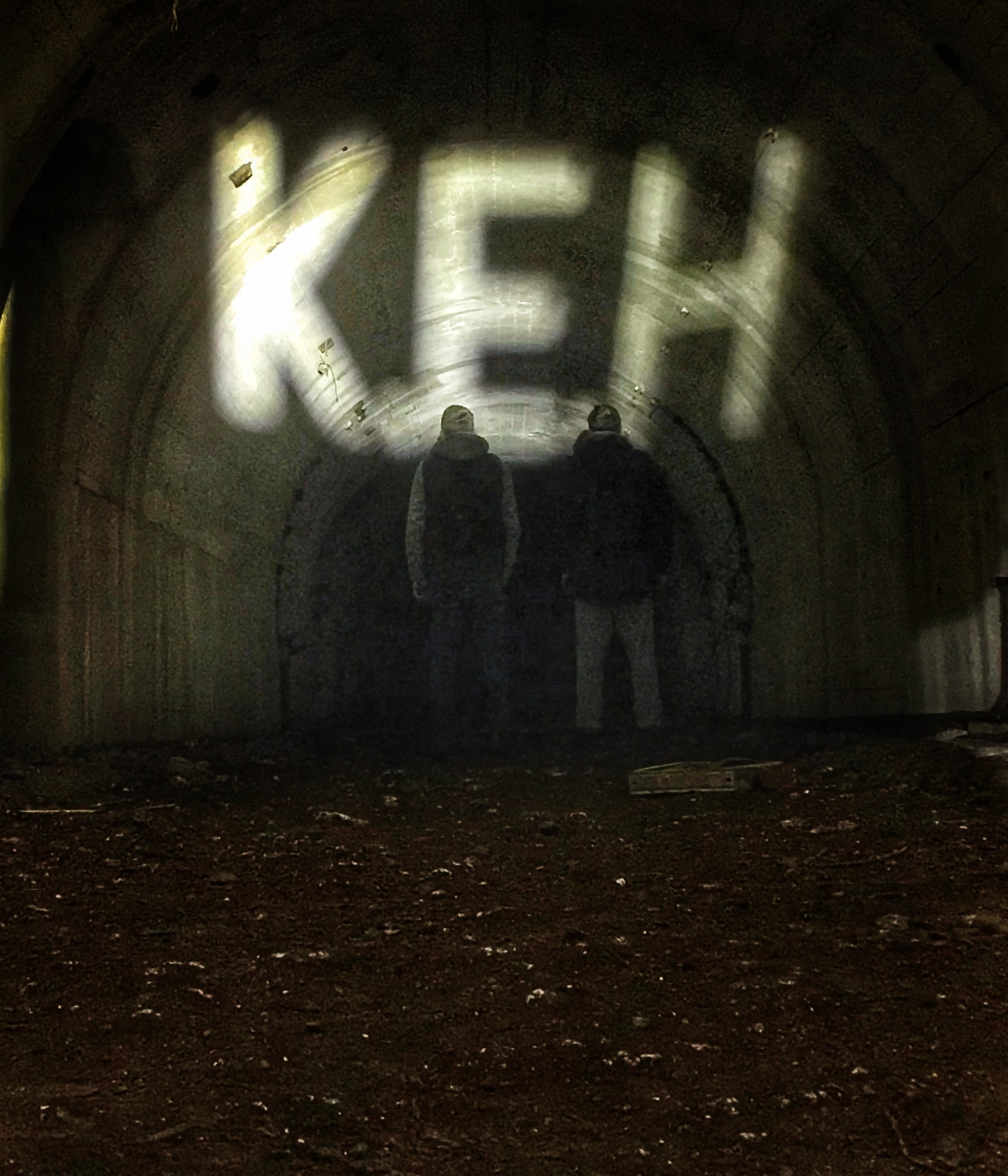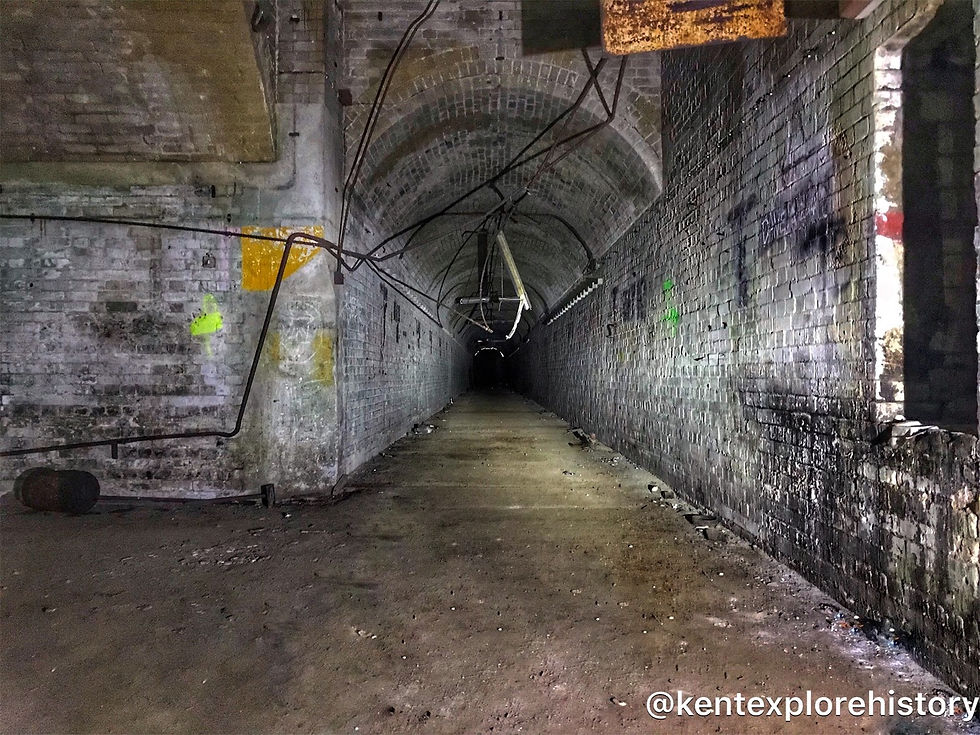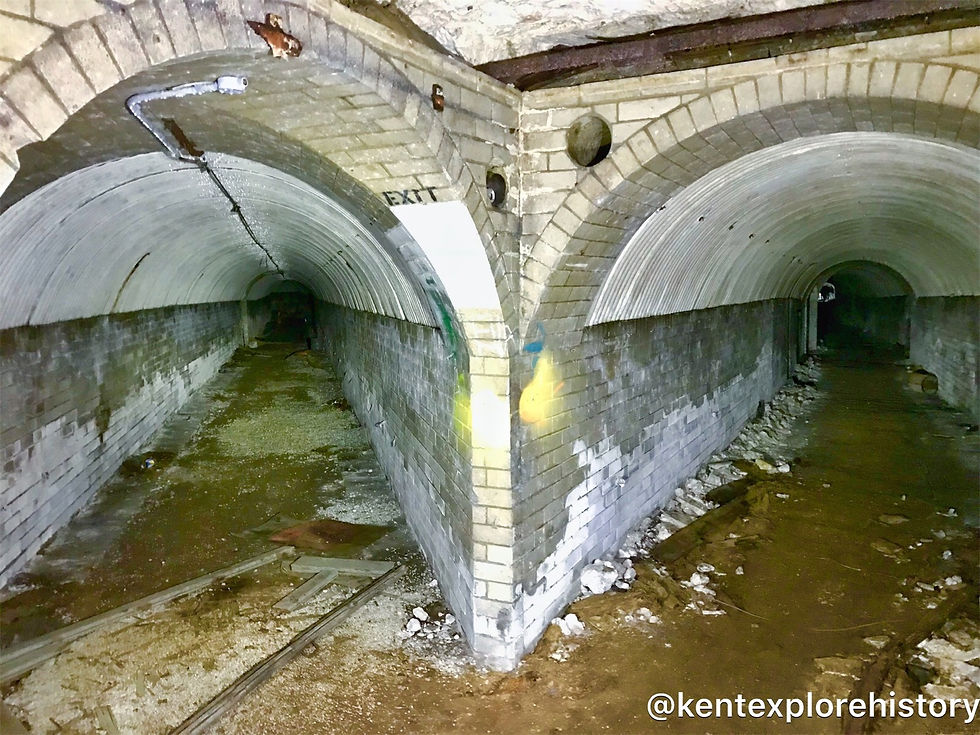Royal Naval Ordnance Depot
- kentexplorehistory

- Dec 9, 2019
- 2 min read
In 1871 a committee was convened to discuss a proposal for a powder magazine depot within the area of Medway as the current magazine depot could not be expanded.
The proposed magazine depot was to hold 40,000 barrels split between five magazines but in the event of emergency they could hold much more. The magazines were named Magazine A, B, C, D and E. Magazine B was altered from the rest to be used as a torpedo shed
Completion of the magazines came between 1875 and 1878 with the workforce being made up of convict labour. The magazines were connected to a small barracks which had been constructed 3 years earlier, these housed 8 officers and 120 men who’s jobs were to guard the site. The depot was connected via a narrow gauge railway to another depot a short distance away and there was also an internal tramway within that ran from one end of the depot to the other.
Each magazine was built of brick and within them were travelling cranes. Each separate magazine was surrounded by a mound of earth, within the magazine it was divided in two by a spine wall with two entrance porches and their own sentry rooms.
The entire complex is surrounded by a wall to stop anyone looking in. After subsidence in the 1880s buttresses were added to the perimeter wall and the sides and rear walls of each magazine.
Originally the magazines were known as a Royal Naval Ordnance Depot but became known as Royal Naval Ordnance Depots when the Navy acquired older magazines within the area. During the First World War, sentry posts were added to the two gates leading into the complex. The Second World War saw the addition of gas decontamination buildings within the complex as well as small gun emplacements and air raid shelters.


















Comments